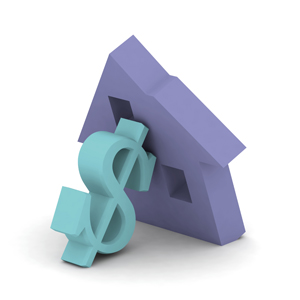If you’ve been following along, you know that I’ve been performing a bit of an experiment. I’ve been taking 10% of my earnings from this and other online ventures and splitting it evenly between Lending Club and Sharebuilder accounts. The idea was to see what kind of returns I could get from the two, and to test for stability. I’ve been running the experiment for a little over 6 months now, and I’m calling it done. The difference has been so drastic, that I don’t think there’s any point in running it any longer.
In short, Lending Club is kicking Sharebuilder’s butt. Really, the only thing that the Sharebuilder account has going for it is that the chance of default on any of the investments is extremely low. So, I suppose that it is possible that in 5 or so years, the gains on the Sharebuilder account could potentially be better. However, as I’m about to show you, the short term results are strongly in Lending Club’s favor.
My Lending Club Returns
As of today, Lending Club is telling me that I’m seeing a return of 13.15% on my account. My Sharebuilder account is currently reporting a return of -16.42%. It doesn’t take a math major to come to the conclusion that Lending Club is performing far better. To date, with a bit over 2 years of total history, I haven’t had a default in my Lending Club account. I’m pretty sure that has more to do with just getting lucky, than with any effort of my own. Some other interesting numbers, besides the return: The portfolio has grown enough that it brings in enough in principle + interest payments to reinvest monthly now. The monthly interest gains, as of the end of March, have now exceeded $4 monthly. It’s not much, but it’s been fun watching that number grow.
My Lending Club Portfolio
When I first started out investing in my LC account, I was investing in mostly A, B, and C investments. I’ve recently shifted that to be mostly C and D investments. Why? Well, as I mentioned in my post on selecting Lending Club investments, I have to purchase my investments through their trading platform rather than directly invest in the loans. What that means is that in most cases, I have to absorb a small percentage of profit to the original investor. So, a loan that has an actual interest rate of 14% might only return 11% to me because I bought it at a higher price than what it was worth in principle at the time. Because of that, I have to invest in the higher grade loans in order to maintain a higher return rate. But, I’m OK with that. Even the worst graded loans that LC has are still well above what a traditional bank or credit union would lend to. And, at less than $25 per investment, I can afford to take the risk. I’ve diversified the account so that one or two defaults isn’t going to destroy the account. Sidenote: If you can buy your LC loans directly, I suggest you check out Peter at SocialLending.net’s post on how he’s investing in 2012. He’s got several filters and some interesting insight into how he’s set up his investing that are worth the read. They’re somewhat useless to me because of the way I have to invest, but will be useful to someone who can invest directly.
Lending Club, Going Forward
With the end of the “experiment”, I’m now putting the full 10% that I had been splitting into my Lending Club account. The overall total for the account is still at less than 3% of my overall investment portfolio (including retirement investments), but it is growing. At some point, I’ll have to decide if I want to continue to add to the account or not, but with the returns that I’m getting, and the luck I’ve had in the default area, I can’t see wanting to stop investing in the account.
Have you given Lending Club a try yet? How have your returns been? What’s your default rate?

I started this blog to share what I know and what I was learning about personal finance. Along the way I’ve met and found many blogging friends. Please feel free to connect with me on the Beating Broke accounts: Twitter and Facebook.
You can also connect with me personally at Novelnaut, Thatedeguy, Shane Ede, and my personal Twitter.

